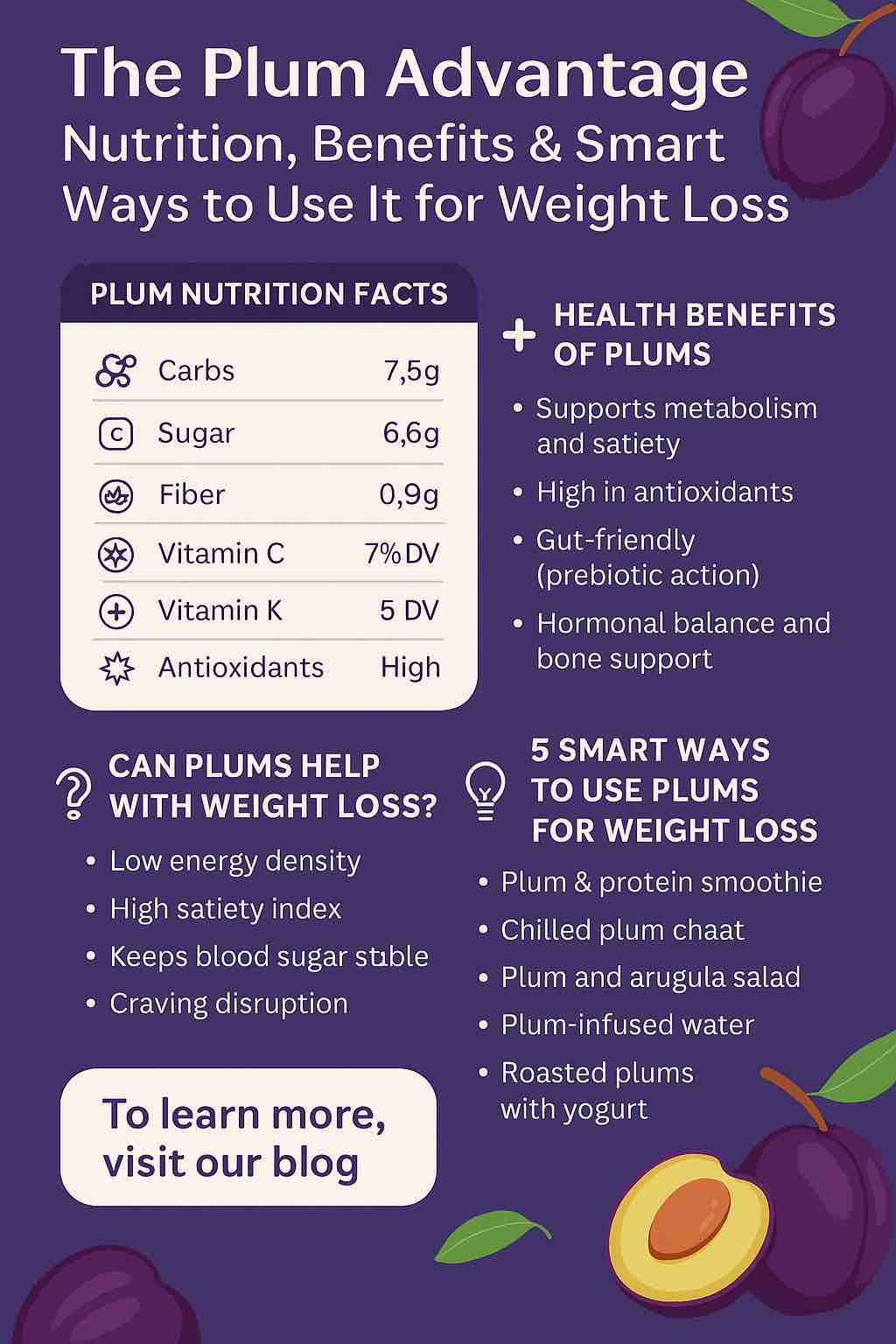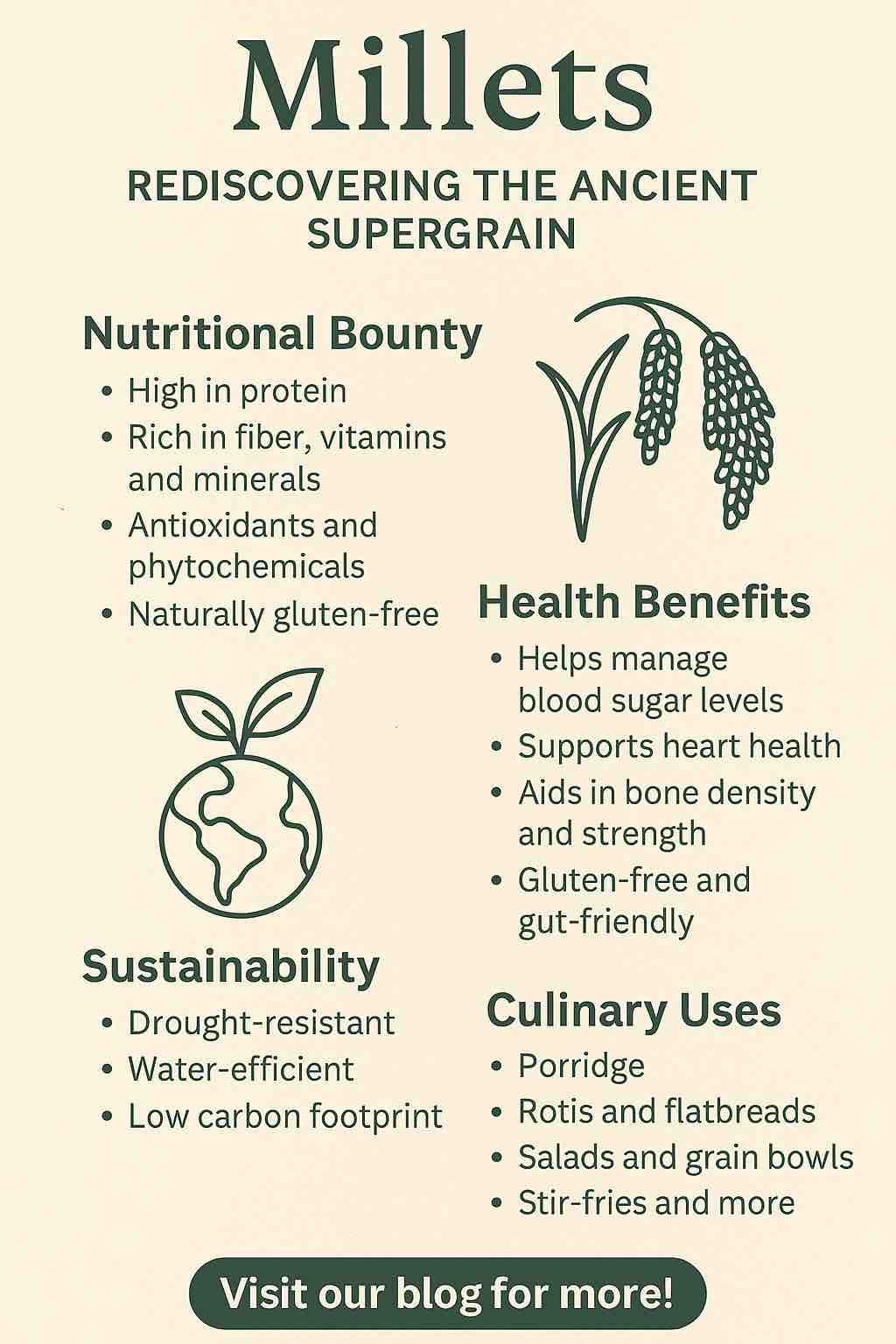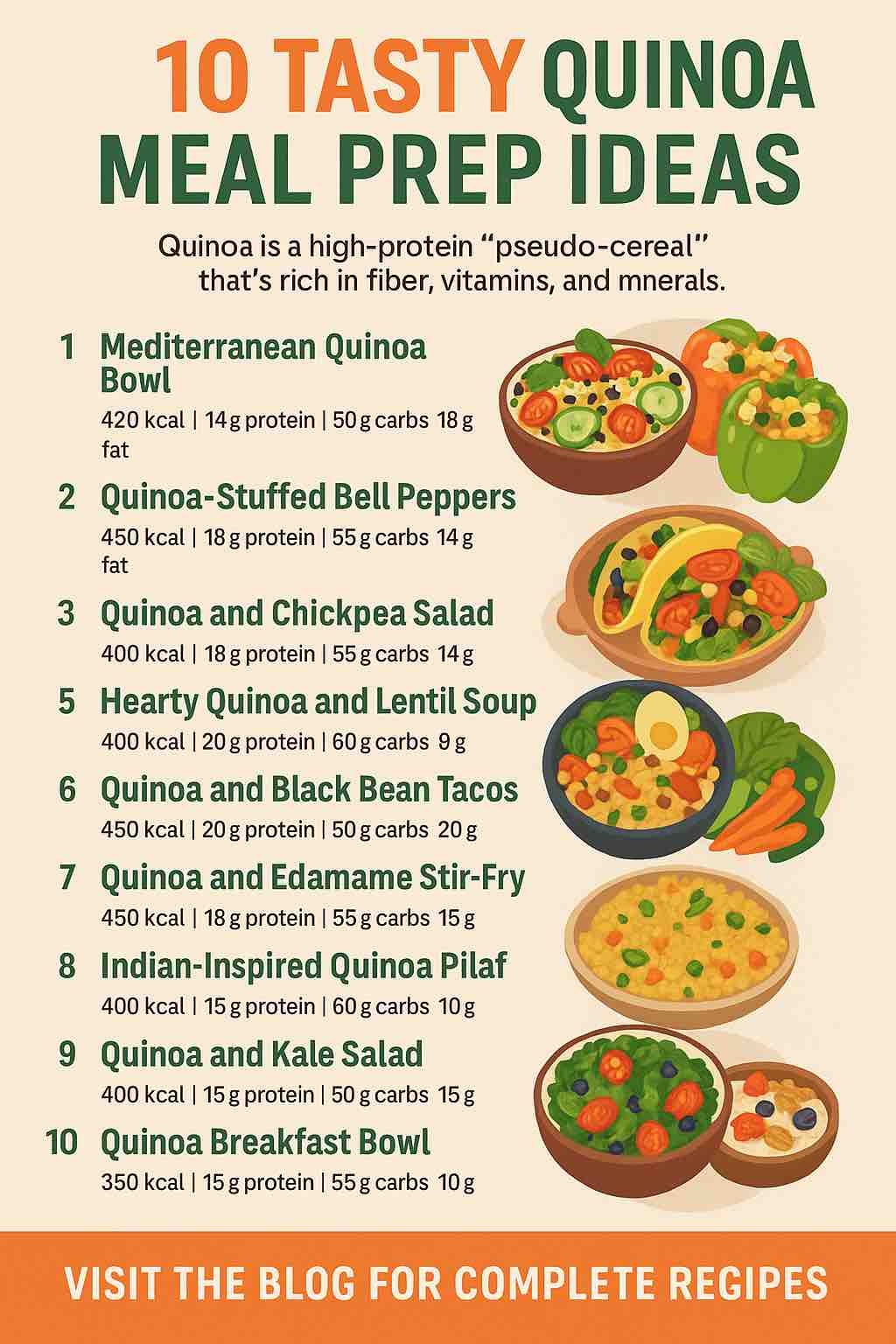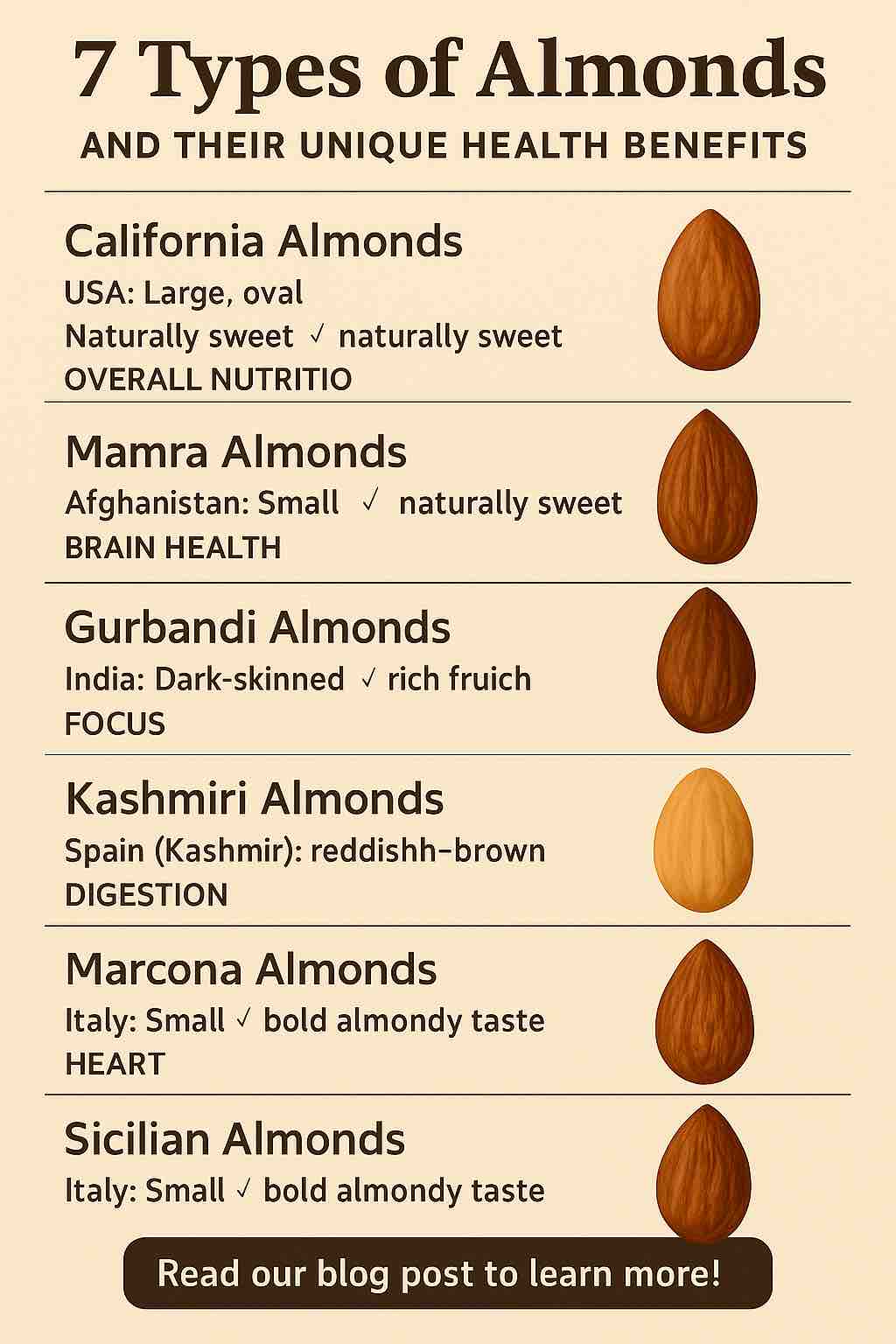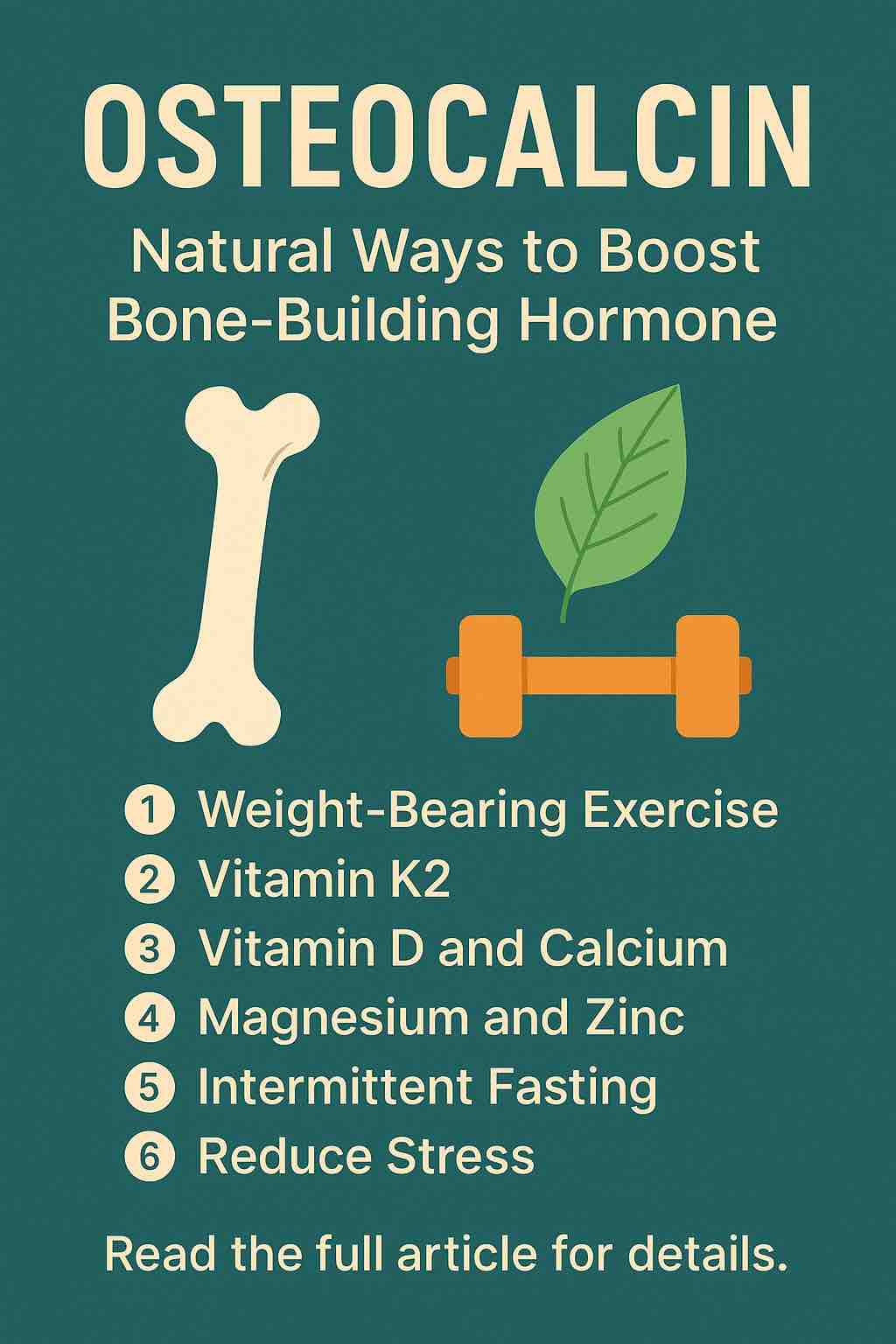
When we think of bones, we often imagine static scaffolding—rigid, lifeless structures supporting our body. But your bones are anything but lifeless. They’re dynamic, metabolically active tissues that influence everything from blood sugar to testosterone to brain function.
One of the key players behind this wide-reaching influence is a little-known hormone: osteocalcin.
What Is Osteocalcin?
Osteocalcin is a hormone secreted by osteoblasts, the specialized cells that build new bone. While it’s primarily known for its role in bone mineralization (helping bind calcium to bones), recent research has unveiled osteocalcin as a multi-system regulator involved in:
- Bone formation and maintenance
- Blood sugar control (enhancing insulin secretion and sensitivity)
- Fat metabolism
- Testosterone production in men
- Cognitive functions such as memory and learning (based on emerging animal studies)
This makes osteocalcin more than just a “bone marker”—it’s a hormone that links your skeletal health to your metabolic and cognitive health.
Forms of Osteocalcin: Why They Matter
There are two primary forms of osteocalcin:
- Carboxylated Osteocalcin – Activated by vitamin K2, it helps bind calcium to bones.
- Undercarboxylated Osteocalcin – Less tightly bound to bone, it enters circulation and acts more like a hormone, influencing insulin, energy usage, and even testosterone levels.
Boosting both forms, especially the undercarboxylated one, may support a broad range of health benefits.
Why Should You Care About Osteocalcin?
Let’s break it down by systems:
🦴 Bone Health
Osteocalcin is crucial for building and maintaining strong bones, reducing the risk of fractures and osteoporosis.
🔥 Metabolism & Blood Sugar
Undercarboxylated osteocalcin can stimulate pancreatic beta cells to produce more insulin and improve how your body uses it—lowering your risk of insulin resistance and type 2 diabetes.
🧠 Brain Function
Studies in mice show that osteocalcin crosses the blood-brain barrier and helps improve memory, reduce anxiety, and support brain development.
🧔 Testosterone and Fertility (in Men)
Osteocalcin has been shown to stimulate testosterone production in the testes—suggesting a surprising link between bone and reproductive health.
8 Natural Ways to Boost Osteocalcin
You don’t need expensive supplements or prescriptions to boost your osteocalcin levels. Here are science-backed, natural strategies you can start today:
1. Engage in Weight-Bearing Exercise
Exercise—especially resistance training and impact-based activities like jogging, jumping, and weightlifting—stimulates osteoblast activity, leading to greater osteocalcin production.
💡 Try: Squats, deadlifts, kettlebell swings, or plyometrics 3–4 times a week.
2. Increase Your Vitamin K2 Intake
Vitamin K2 is essential for activating osteocalcin so it can do its job. Without it, osteocalcin stays in its inactive form and can’t bind calcium to bone.
Top Sources:
- Natto (fermented soy)
- Gouda and Edam cheese
- Egg yolks (from pasture-raised chickens)
- Grass-fed butter and liver
💡 Fun fact: Natto has the highest natural K2 content of any food—just one serving can provide several days’ worth.
3. Optimize Vitamin D and Calcium
Vitamin D promotes the gene expression of osteocalcin, while calcium provides the raw material for bone building.
Best Sources:
- Sunlight (10–30 mins daily, depending on skin tone and latitude)
- Fatty fish (sardines, salmon)
- Fortified dairy or plant milks
4. Supportive Minerals: Magnesium and Zinc
Magnesium is vital for vitamin D metabolism, while zinc is a structural component of osteoblasts.
Rich Sources:
- Pumpkin seeds
- Almonds
- Spinach
- Chickpeas
- Dark chocolate
5. Try Intermittent Fasting or Mild Caloric Restriction
Emerging studies suggest that fasting can increase undercarboxylated osteocalcin, enhancing insulin sensitivity and metabolic flexibility.
💡 Consider: A simple 16:8 intermittent fasting protocol (e.g., eat between 12 pm and 8 pm).
6. Keep Cortisol in Check
Chronic stress elevates cortisol, which suppresses osteoblasts and reduces osteocalcin.
Stress-lowering habits:
- Daily meditation or breathwork
- Regular sleep schedule
- Nature walks or forest bathing
7. Naturally Boost Testosterone (Men)
Testosterone and osteocalcin form a feedback loop: osteocalcin helps stimulate testosterone, and testosterone boosts osteocalcin production.
Tips to boost testosterone:
- Compound weightlifting (e.g., squats, deadlifts)
- Healthy fats (avocados, olive oil, omega-3s)
- Sleep 7–9 hours per night
8. Eat a Polyphenol-Rich Diet
Plant-based antioxidants can reduce bone-damaging inflammation and oxidative stress.
Foods to focus on:
- Berries (blueberries, raspberries)
- Green tea
- Turmeric (curcumin)
- Red grapes (resveratrol)
The Takeaway
Osteocalcin may be one of the most underappreciated hormones in your body. It’s a bridge between your skeleton, metabolism, hormones, and brain. Supporting its production and activation naturally can yield far-reaching benefits—from stronger bones to better blood sugar, sharper cognition, and even hormonal balance.
By incorporating exercise, nutrient-rich foods, fasting, and stress management into your lifestyle, you’re not just building better bones—you’re tapping into a powerful system of internal optimization.
🔍 FAQs
1. What is osteocalcin and where is it produced?
Osteocalcin is a hormone produced by osteoblasts—cells that build bone. It plays a role in bone mineralization, metabolism, insulin regulation, and even testosterone production.
2. Is osteocalcin only important for bone health?
No, osteocalcin also affects blood sugar regulation, fat metabolism, brain function, and testosterone levels, especially in men. It’s a multi-system hormone.
3. How can I naturally increase my osteocalcin levels?
You can boost osteocalcin through weight-bearing exercise, consuming vitamins K2 and D, magnesium, zinc, intermittent fasting, and stress reduction.
4. What foods are rich in Vitamin K2, and why is it important?
Foods like natto, hard cheeses, egg yolks, and grass-fed dairy are rich in K2. It activates osteocalcin, allowing it to bind calcium to bones effectively.
5. Does intermittent fasting really impact osteocalcin?
Yes, animal studies and emerging human research suggest intermittent fasting can increase undercarboxylated osteocalcin, which improves insulin sensitivity and energy metabolism.
6. Is osteocalcin related to testosterone production?
Yes, especially in men. Undercarboxylated osteocalcin can stimulate testosterone synthesis in the testes, creating a feedback loop between bone and reproductive health.
7. Can osteocalcin help with diabetes or insulin resistance?
Osteocalcin boosts insulin secretion and sensitivity. Higher levels are associated with better blood sugar regulation and reduced risk of type 2 diabetes.
8. What type of exercise is best for increasing osteocalcin?
Weight-bearing and resistance exercises like squats, running, and strength training are the most effective, as they stimulate osteoblast activity.
9. Does stress affect osteocalcin levels?
Yes, chronic stress elevates cortisol, which suppresses osteoblast function and can reduce osteocalcin production. Managing stress helps maintain healthy levels.
10. Is supplementing with osteocalcin necessary?
No direct osteocalcin supplements exist. The best approach is to support your body’s natural production through diet, exercise, and lifestyle choices.

